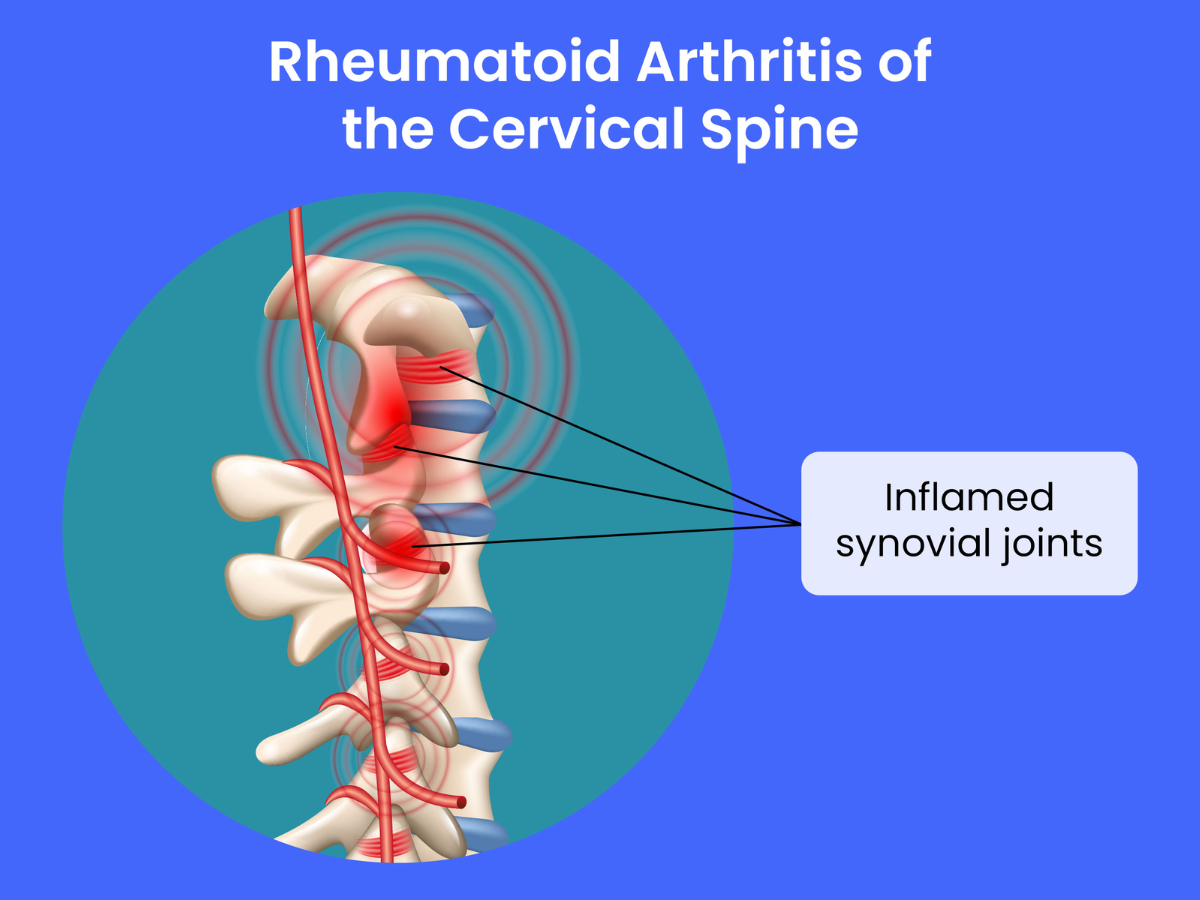Causes of Craniocervical Instability
What causes Craniocervical Instability?
There are several causes of Craniocervical Instability. The most common causes for CCI are congenital Connective Tissue Disorders, neck trauma and systemic disorders. If you’d like to know more about these causes, please scroll down to read.
Connective Tissue Disorders
The hereditary connective Tissue (ligaments, tendons) known as “Ehlers Danlos Syndrome” (EDS) is common in patients with CCI. Many with this disorder believe they are just “very flexible” in which other people call them “double-jointed”. This unfortunately is not a gift but rather patients with EDS have a genetic faulty collagen production, which means ligaments are weaker and overstretch and/or dislocate their joints.
EDS in itself does not mean one automatically has CCI or a problematic life. In fact, many skilled in gymnastics and those in ballet for example have EDS, but because their muscles are well trained, their body relies on their strong muscles greatly and thus they don’t suffer as others do. However, the most common factor in CCI patients is EDS, especially ones who suffered a trauma (accident, deep massage at the skull, or chiropractic manipulation). Craniocervical Instability is caused by weakness or damage to the ligaments that support the head. For the majority of EDS patients it can be an extremely challenging path with a lot of pain and disability.
CCI can also occur in patients with Hypermobile Spectrum Disorder. In these patients EDS is not very clear, but they tend to have some (local) congenital ligament laxity, which makes it hard to diagnose EDS.
Since EDS is more comprehensive than simply loose ligaments, other grades of this disorder can affect not only musculoskeletal, but also cardiovascular as well as neurological.
The video to the right is one of our favorite videos that explains how to test if you have EDS by the “Beighton Score” by Izzy Komblau who has EDS. Another video is from the professionals at Physiotutors.
For more professional understanding of EDS please visit their website.

Trauma
The second common cause for Craniocervical Instability is neck trauma. When someone experiences a whiplash during a car accident, ligaments in the cervical spine can overstretch and can get torn or ruptured in severe cases. Also, manual chiropractic manipulations of the cervical spine can lead to damage of cervical ligaments. This leads to chronic instability of the cervical spine. We do not suggest here that all chiropractors are dangerous, but caution is needed in the types of manipulation done, and thus we do not suggest having the neck thrusted into adjustment.
Inflammatory Conditions
Rheumatoid arthritis (RA) is a systemic inflammatory disease that primarily affects the synovial joints. The inflammation targets the synovial membrane, leading to overproduction of synovial fluid, joint swelling, and progressive destruction of cartilage and bone. While RA commonly involves the small joints of the hands and feet, it can also affect the spine, particularly the cervical spine, leading to distinct spinal lesions. Chronic inflammation weakens ligaments, erodes bone, and damages joint capsules, which can result in joint laxity and instability, especially at the atlantoaxial joint (C1-C2). This instability increases the risk of spinal cord compression and neurological deficits. As the disease progresses, these musculoskeletal impairments may necessitate surgical interventions. In the cervical spine, RA-related lesions can cause occipital neuralgia and myelopathy, which significantly interfere with daily activities. When patients do not respond to conservative treatments, surgery becomes essential to relieve neck pain, restore physical function, stabilize the spine, and reduce the risk of mortality.
RA-derived systemic inflammation leads to spinal pathology through bony erosion and ligamentous laxity.

Congenital Abnormalities
Lastly, congenital or developmental abnormalities can predispose individuals to craniocervical instability (CCI). Conditions such as Chiari malformation, basilar invagination, and Down syndrome often involve structural anomalies of the skull base or upper cervical vertebrae. In Chiari malformation, for example, the cerebellar tonsils may herniate downward, placing abnormal strain on the craniocervical junction and disrupting normal alignment and stability. Basilar invagination causes upward displacement of the cervical spine into the skull base, compromising the bony support of the craniocervical junction. Children with Down syndrome are at higher risk due to inherent ligamentous laxity and bone abnormalities, which weaken the stabilizing structures of the cervical spine. These factors collectively compromise the stability of the craniocervical junction, increasing the risk of excessive motion between the skull and cervical spine, potentially leading to neurological impairment. Early identification and, when necessary, surgical intervention are critical to prevent serious complications.
> For references, please visit our references page
